Word count: 0 Step count: 14,083
A few stray notes from yesterday… As we walked around the town, we saw many, many young people (many with large bottles) flowing toward the music festival. It’s very clear that we made the right decision to switch hotels. Also, although the hotel desk clerk told us she didn’t know this was happening, it’s just today, maybe it will end this afternoon, we got a copy of the program: the festival has been going on for three days already and runs until 1:30 AM every night. So… nice try, lady. I’d like to think that even without Monika we might have managed a solution, but Monika certainly made everything better and easier. Well worth the fairly large amount of money we’re paying for her services and Peter’s.
I also ought to note that wherever we have traveled in the Czech Republic we’ve found clean toilets, good toilet paper, plenty of hot water and water pressure, and free wi-fi. (The only hotel we’ve stayed at so far in this trip that lacked free wi-fi was in Bologna.) This definitely does not feel like a third-world or second-world country.
Breakfast was what we are coming to realize is a fairly standard Czech breakfast (rather similar to the Dutch, actually): corn flakes, yogurt, bread and rolls, an assortment of meats and cheeses, good coffee. The breakfast room was well hidden at the back of the restaurant, and our waitress was the same blonde from last night. Still no decaf.
After breakfast, drove to Cesky Krumlov, an amazingly picturesque medieval castle town, thoroughly infested with tourists. Every few steps revealed another beautiful vista, often with a castle or church tower perfectly framed at the end of a narrow alley. Perched on steep slopes at a tight bend of the river, you’re always rounding a curve or looking down on some other part of the town. It’s a popular place for weddings, and while we were there we saw many bridesmaids, and a bride arrived in a fabulous antique car. Also, there are bears (named Franz Josef and Maria Theresa) living in the moat.
For lunch: “wild goulash” with bread dumplings at the Hotel Barbora. Very tasty, but… wild WHAT, exactly? Fruit dumplings for dessert, with crumbled cheese.
After lunch, wandered around the town on our own, then met Monika for a tour of the Baroque castle theatre. This theatre is a real treasure, unique in the world — built and equipped in the late 1700s, used once, and then apparently never used again, it’s the best-preserved theatre of its vintage anywhere. Many of the original sets, costumes, props, and other equipment are here as well. The light in the theatre simulated candlelight and was astonishingly dim. Given that these operas were 4-6 hours long, it must have induced a rather dreamlike state. Also, I realized that opera glasses not only magnify, but like a telescope they also gather more light, thus giving the viewer more of a chance to see the performers’ expressions (this is, admittedly, just a guess on my part).
Our tour (in English, with an excellent guide) included the under-stage area, with the mechanisms that could affect a complete scene change in 6-10 seconds. Because candles were used for illumination, blackouts were not possible — instead they used fireworks to blind the audience briefly, and when their eyes cleared the new scenery would be in place. It must have been spectacular. It also explains why so many other theaters of the period burned down…
When we came out of the theatre it was beginning to rain, so we bid a fond farewell to lovely Cesky Krumlov and drove to Hluboka castle, the second-biggest castle in the Czech Republic. Hluboka is the seat of the Schwarzenbergs, whose arms include a severed Turk’s head with a raven plucking its eyes out, a gruesome symbol of a famous victory over the Turks which appears on many Schwarzenberg properties. A Schwarzenberg is today the Czech Minister for Foreign Affairs.
Hluboka is a national treasure, very popular with Czech and foreign tourists (and, apparently, another popular site for weddings, though we didn’t see any during our visit). The exterior is remarkably white and clean and well-preserved, festooned with deer heads (stone heads with real antlers, each with a label indicating who shot it and where). The inside is a dark and overwhelming gnarl of densely carved wood, paintings of nobles, Murano glass chandeliers, tapestries, suits of armor, and all that other castle-y stuff. It was very impressive and, again, showed more taste than San Simeon (at least it was consistent), but dark and oppressive — I’d much rather live at Schoenbrunn.
It was raining pretty hard now, so we declined a walk around the castle grounds and drove back to our hotel. After a short nap, I looked on TripAdvisor and found a nearby restaurant called “Life Is Dream” (in English) with exactly one review, but that review said “one of my favorite restaurants in not just The Czech Republic but in all of Europe.” The restaurant’s online menu seemed a little strange, maybe even over-the-top, but it promised vegetables so I talked Kate into it. After some difficulty getting ourselves into the non-smoking section (most restaurants in Ceske Budejovice are smoking, so this was a plus) we managed to order… we’ll, I’ll just quote from the English-language menu. Appetizer: “Rocket spring rolls: Rocket leaves with parmesan, peanut butter, rolled in Parma ham and sprinkled with pine nuts.” My main dish: “Leni’s dream: For all those conscious of a healthy diet, we take the opportunity to offer you a protein bomb. Fat free turkey meat prepared in a spicy yogurt crust served on a bed of red lentils with lots of excellent but often forgotten vegetables — beetroot, celery, white radish, soybeans and buckwheat.” Kate ordered a lamb pilaf and corn on the cob.
I must say that I have never eaten anything quite like that dinner. A very unusual combination of flavors, but tasty.
The check arrived in a tiny leather treasure chest surrounded by hard candies and cough drops.
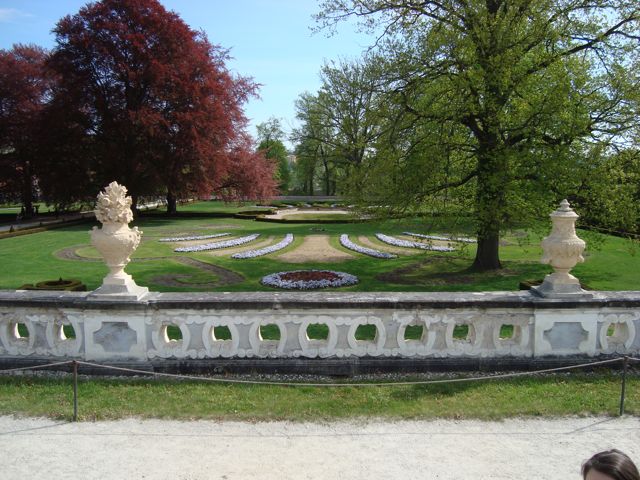
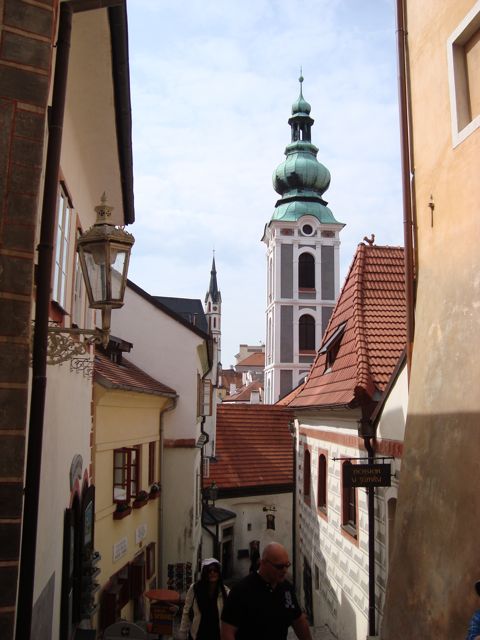
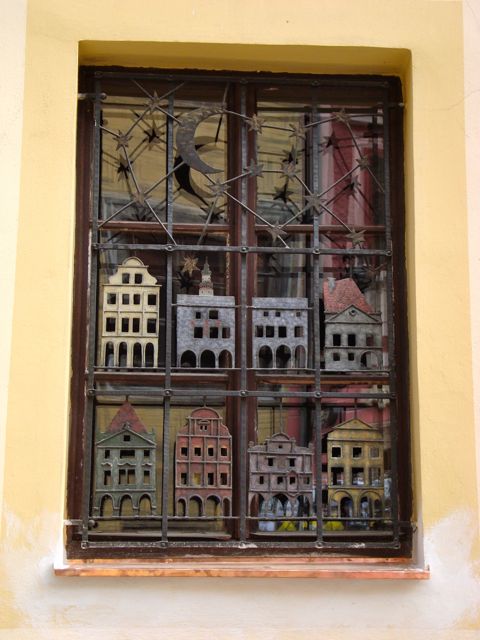
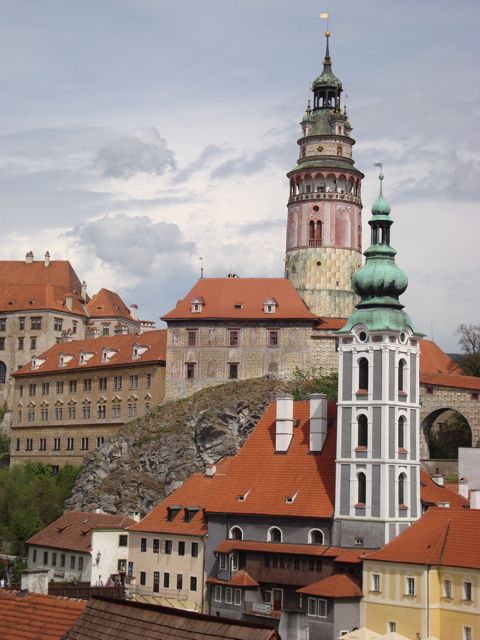

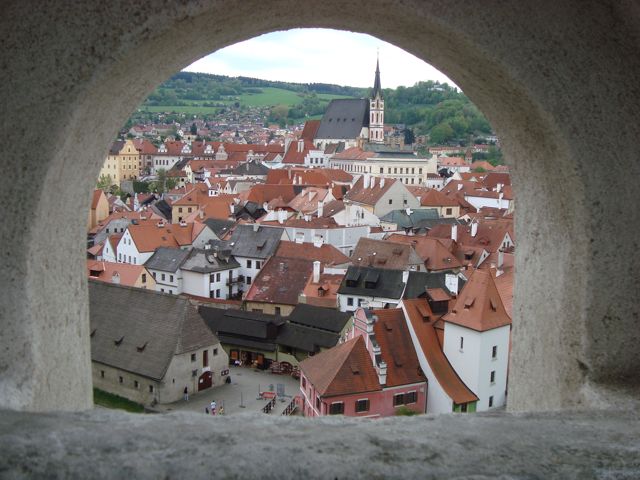
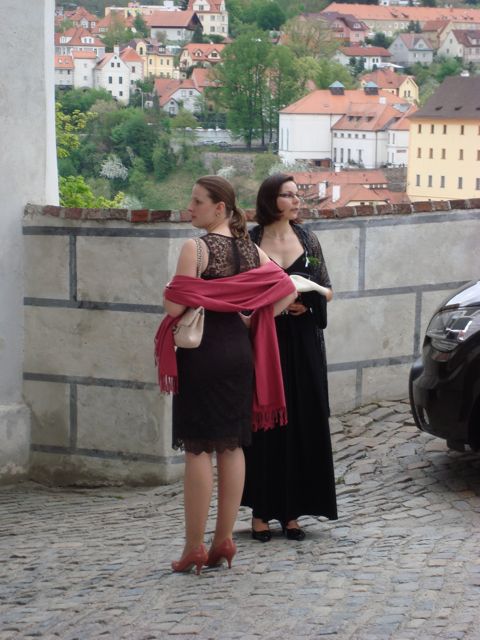
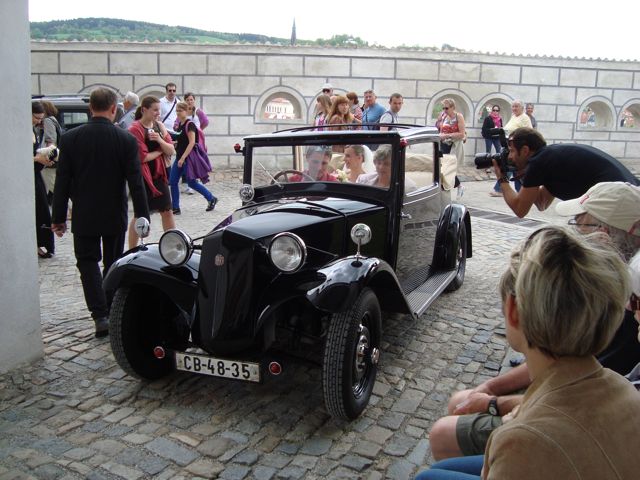
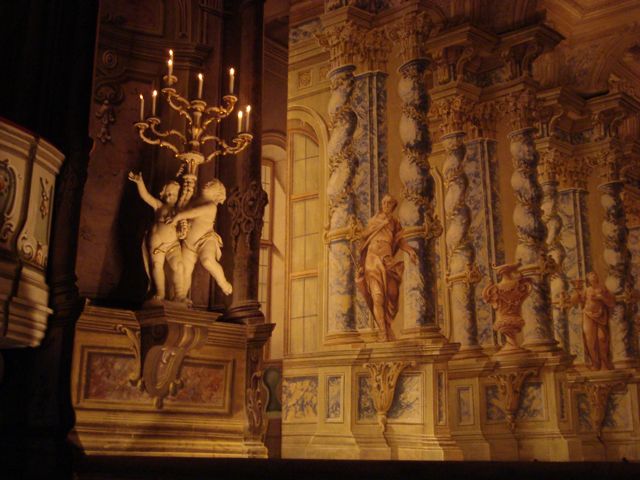
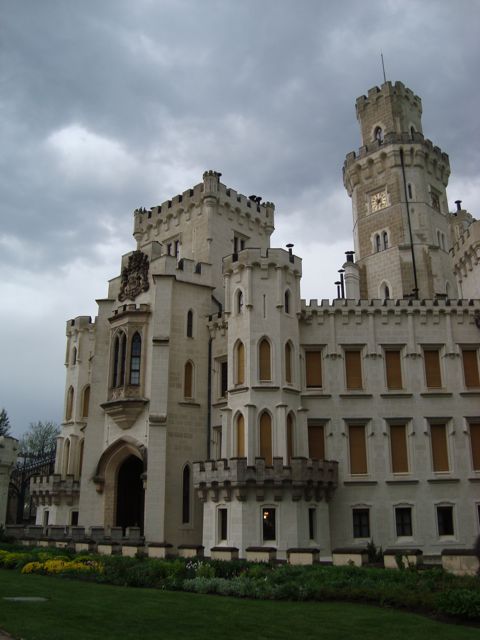
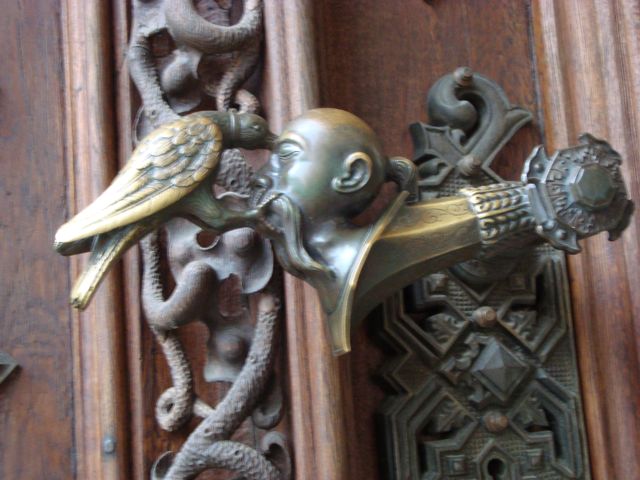

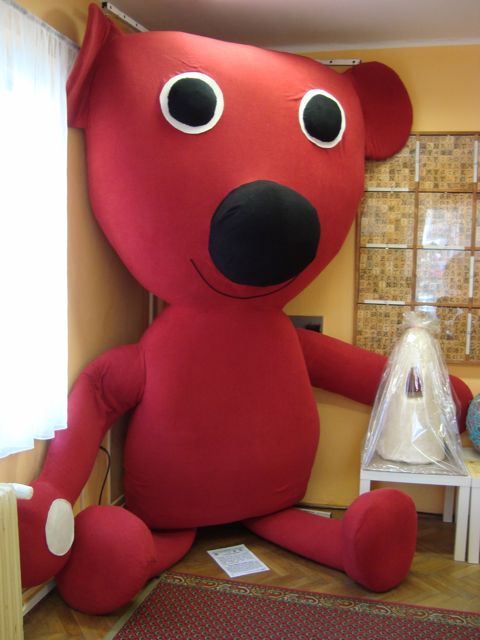
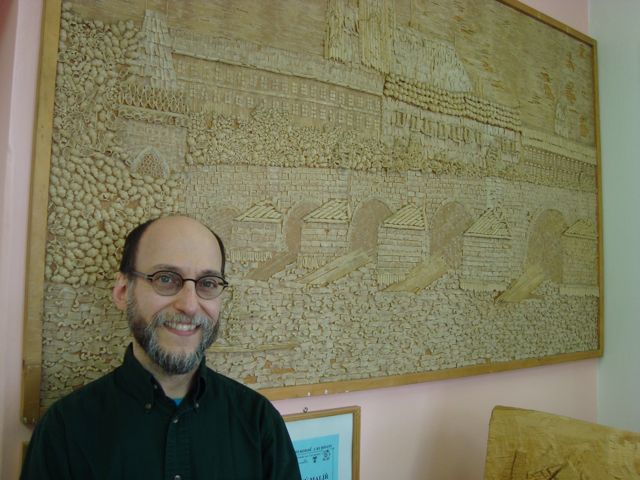
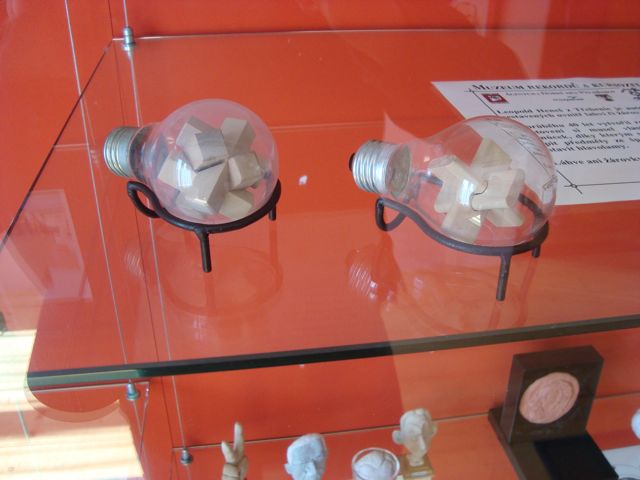
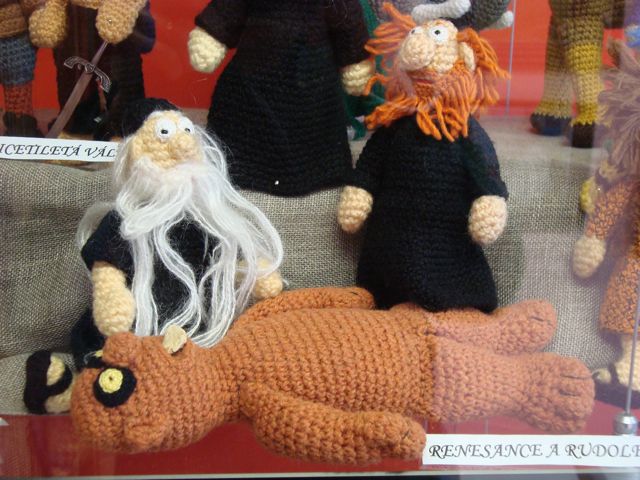
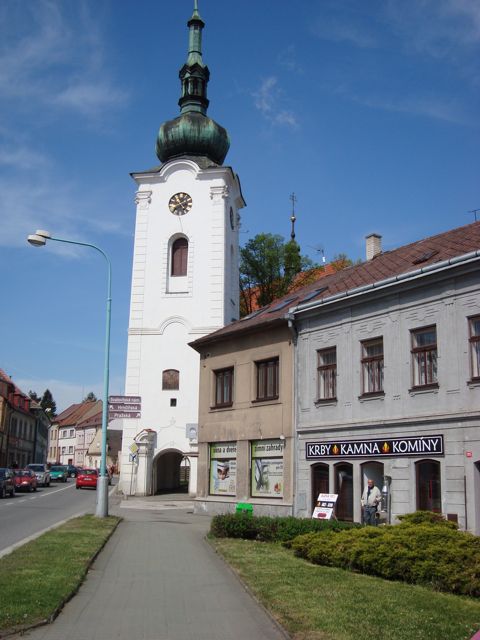
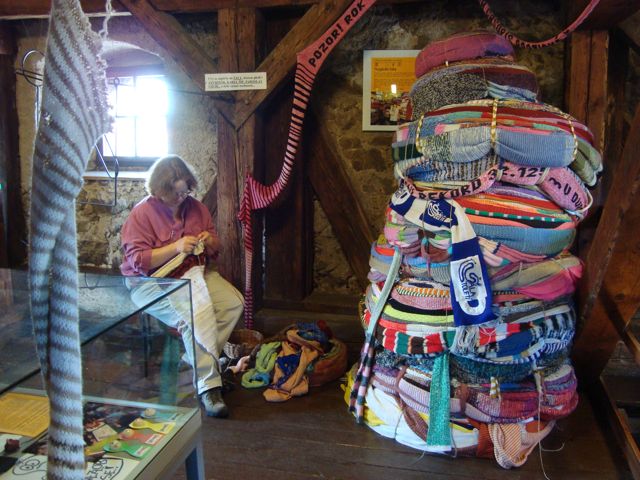
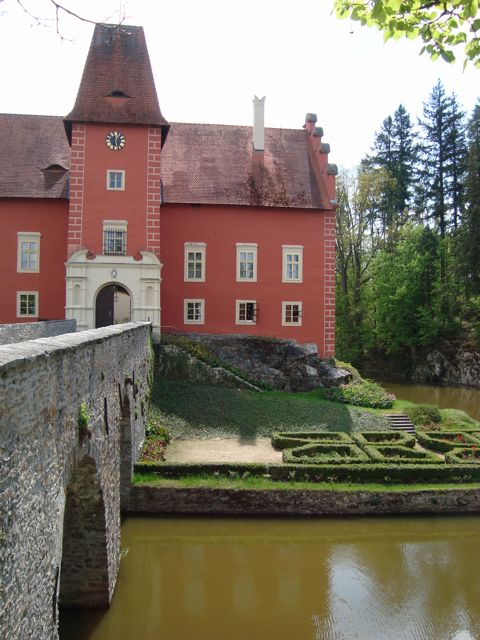
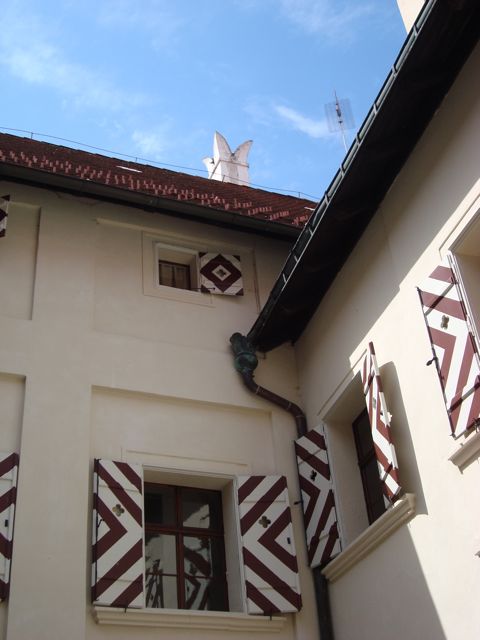
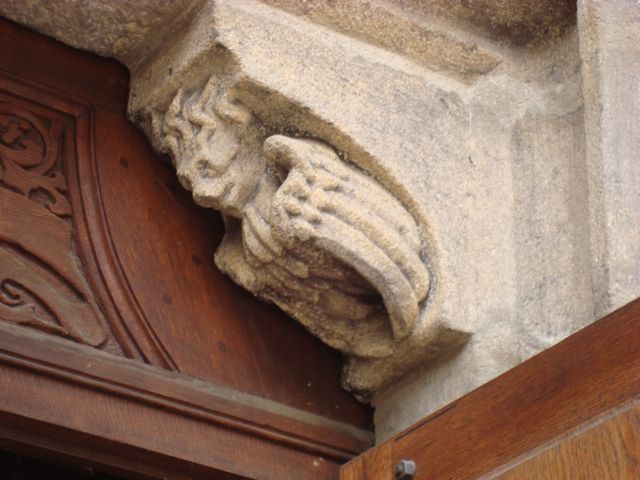
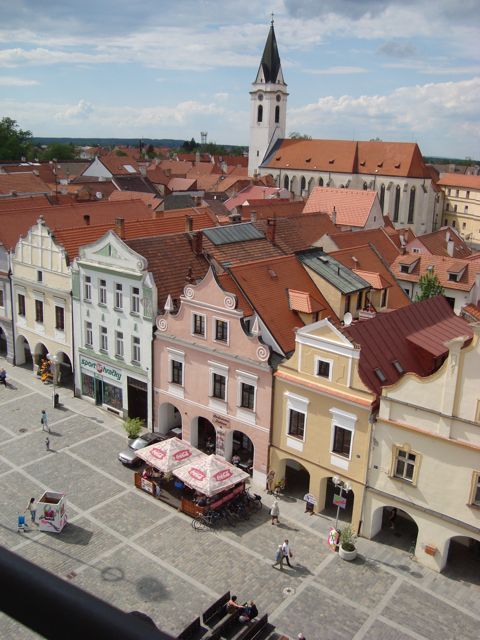
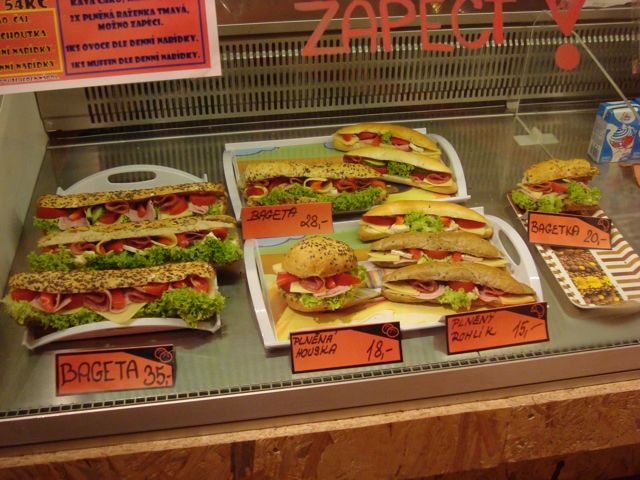
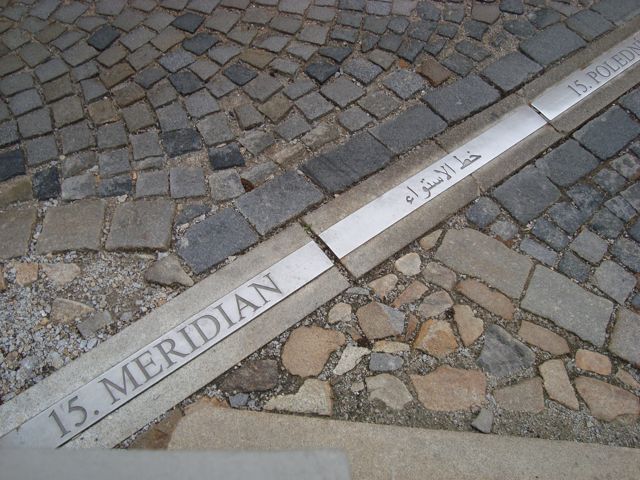
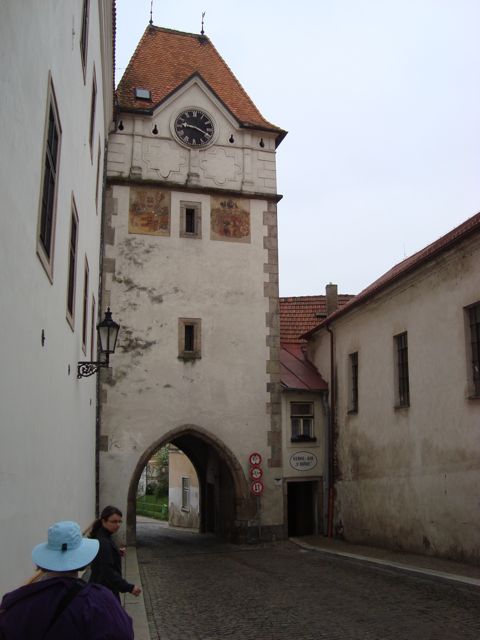
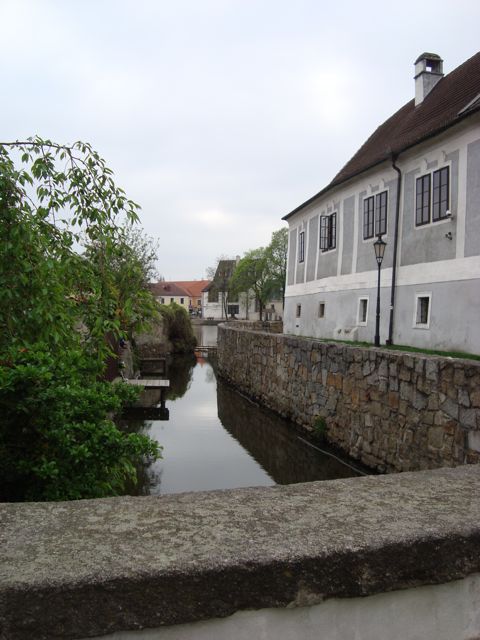
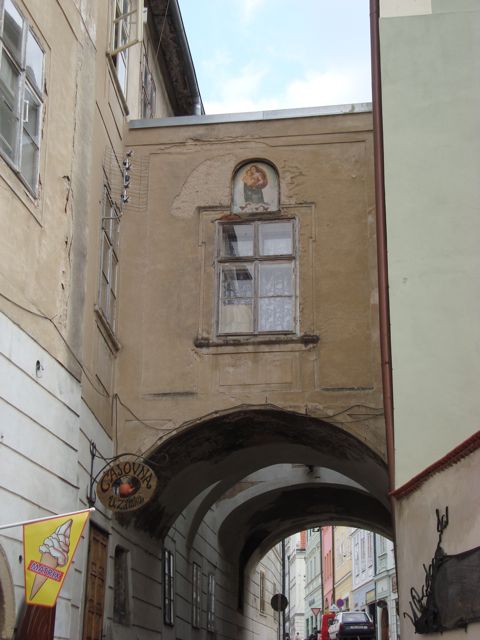
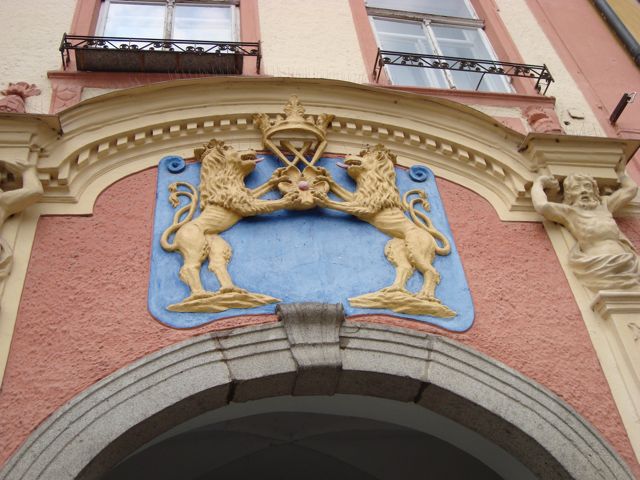
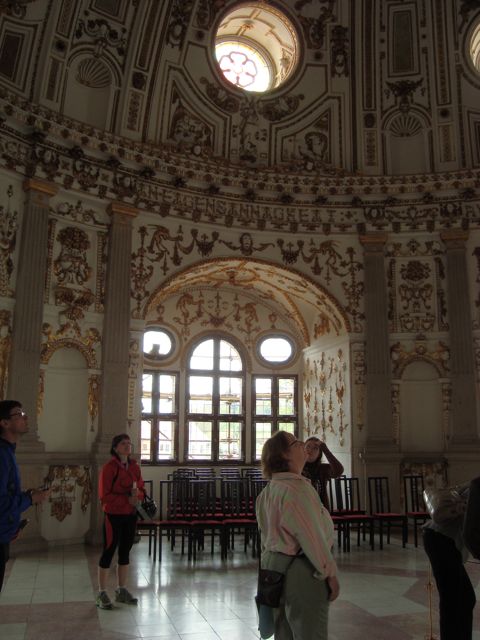
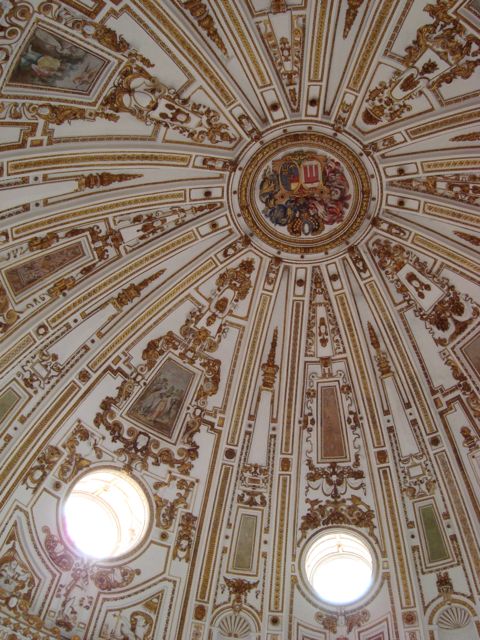
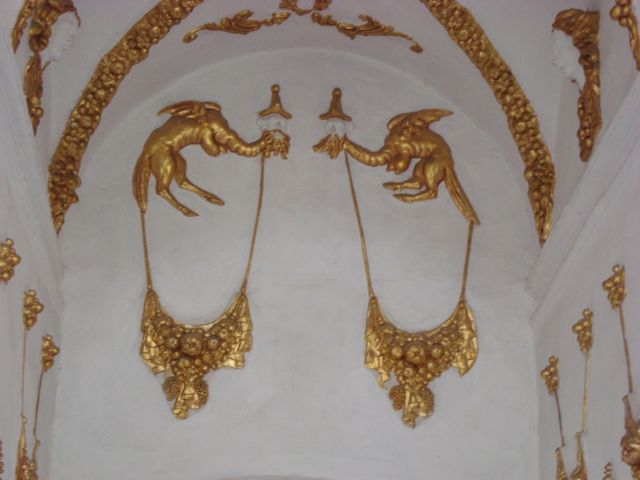
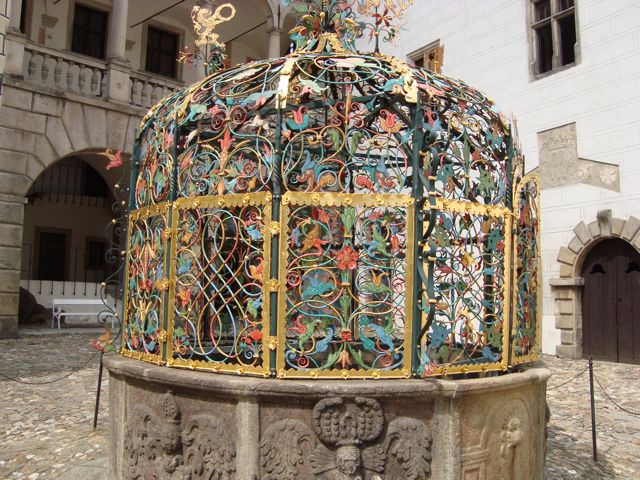
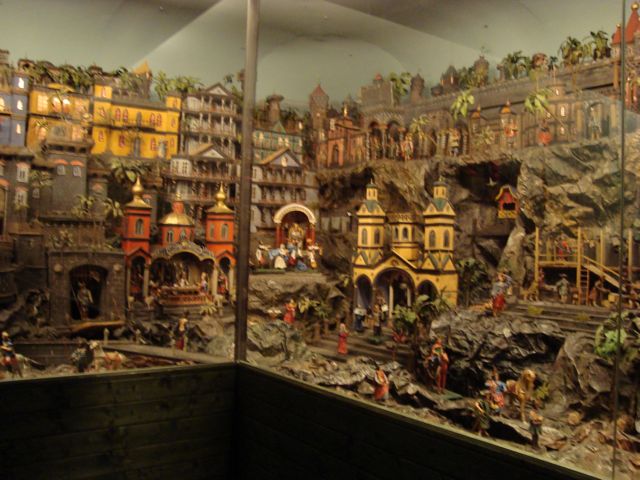
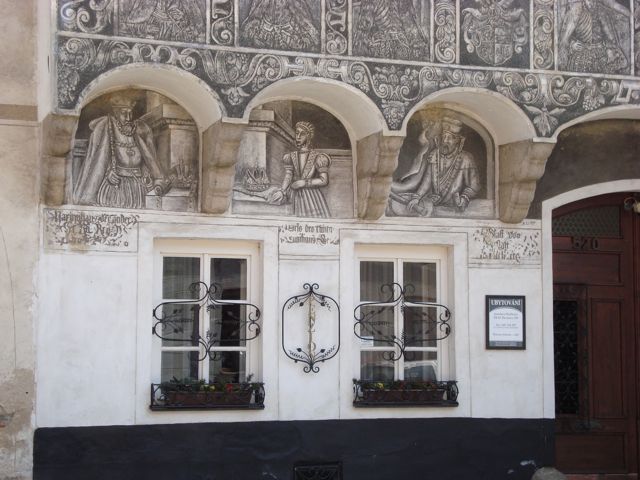
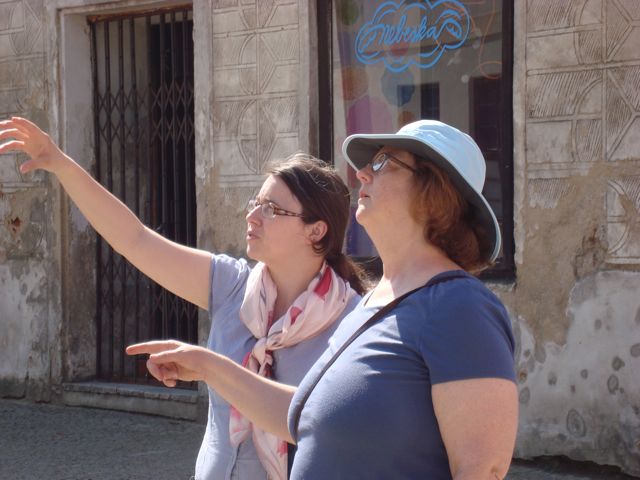
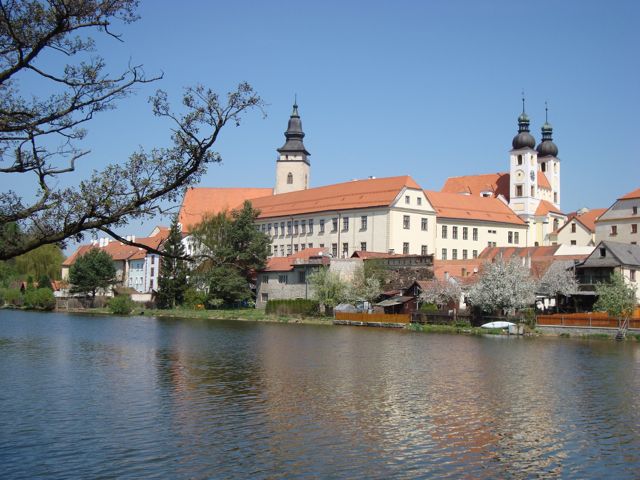
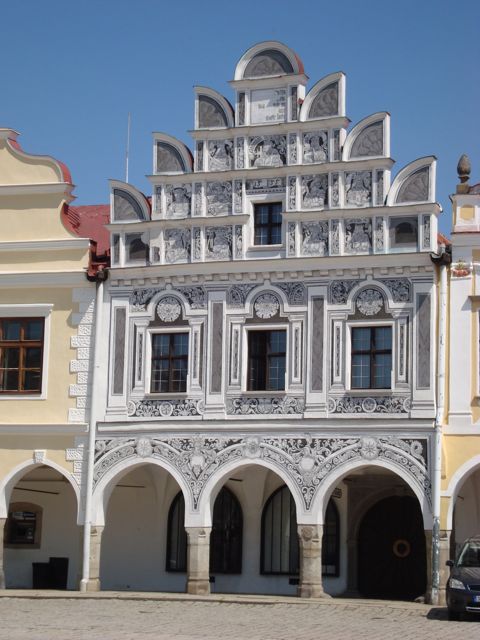
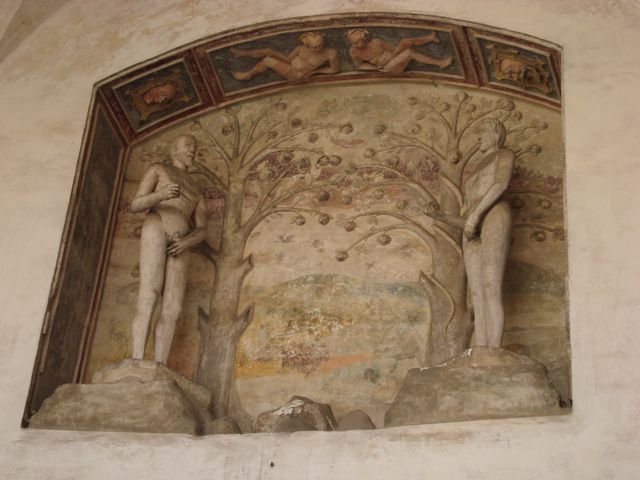
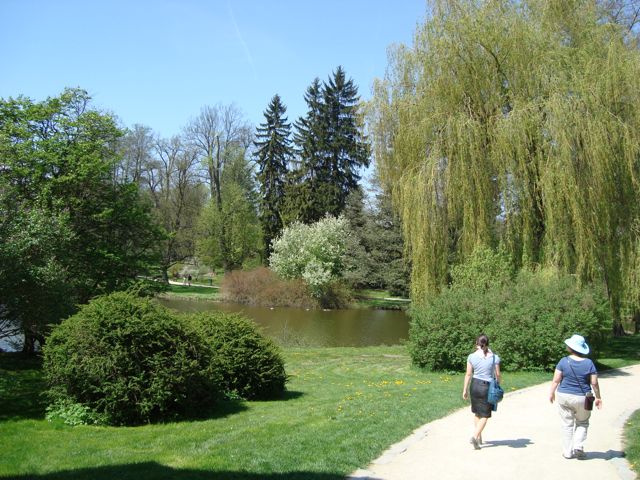

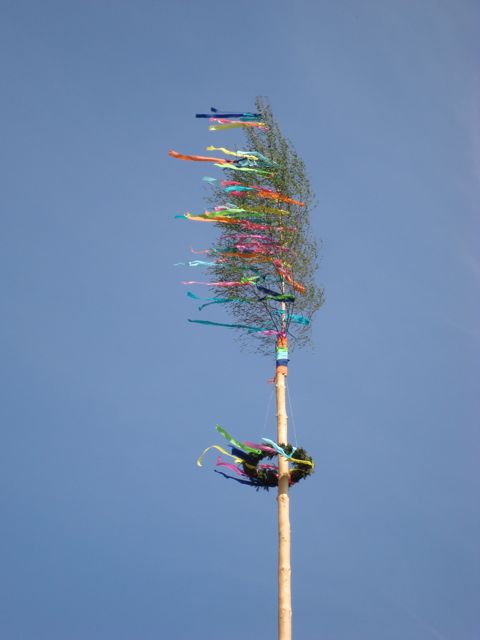
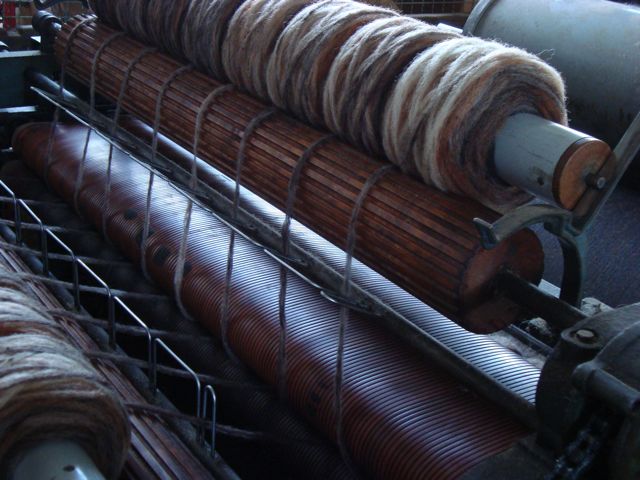
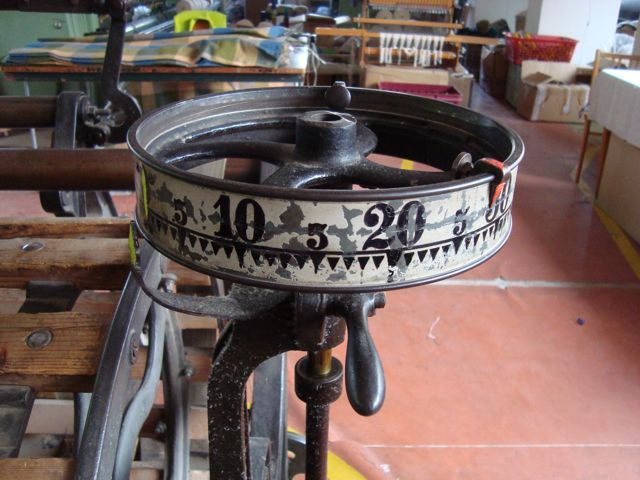
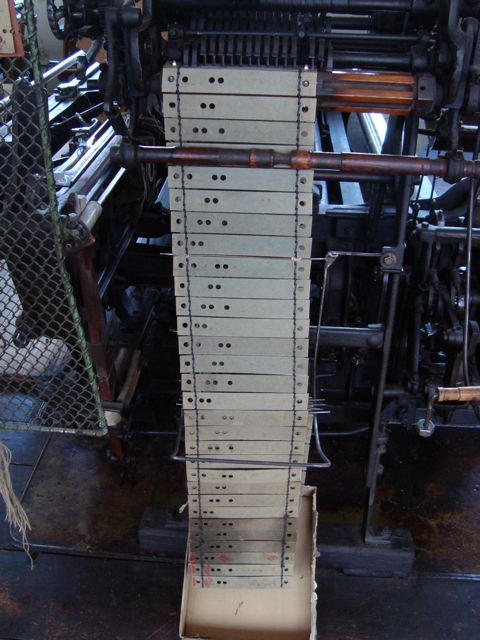
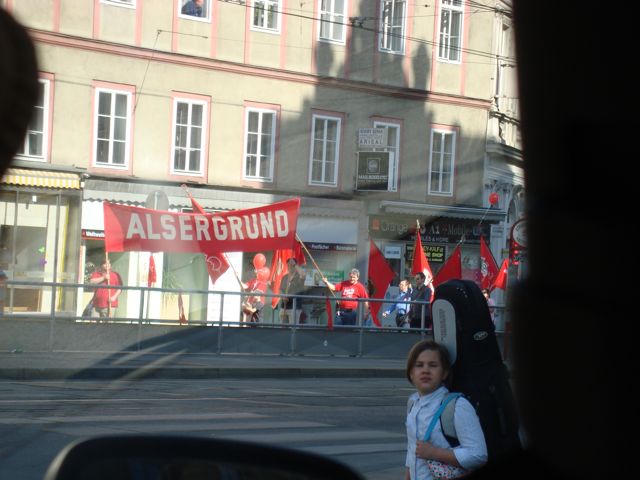
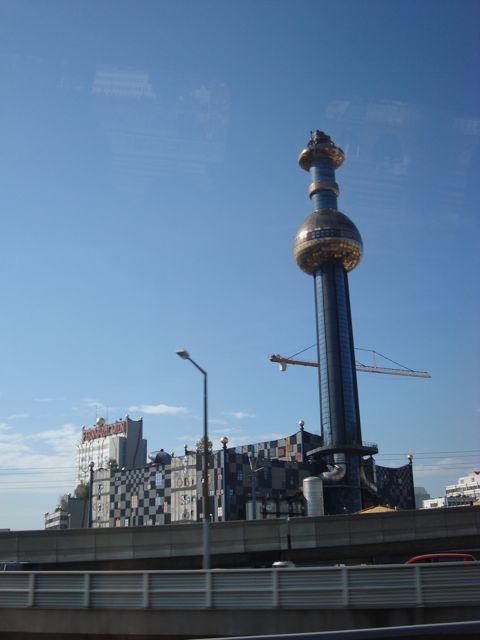
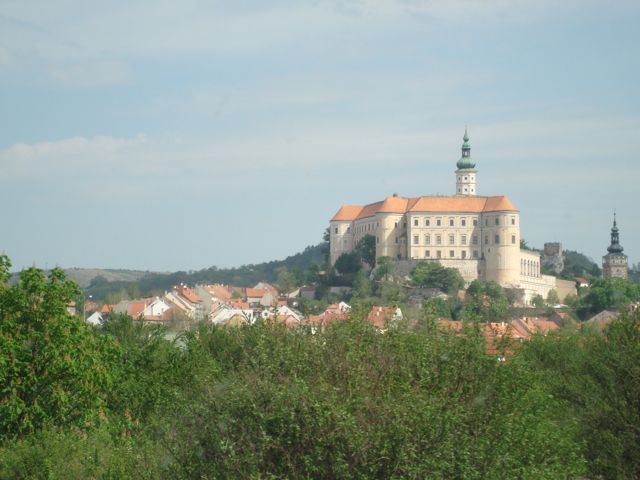
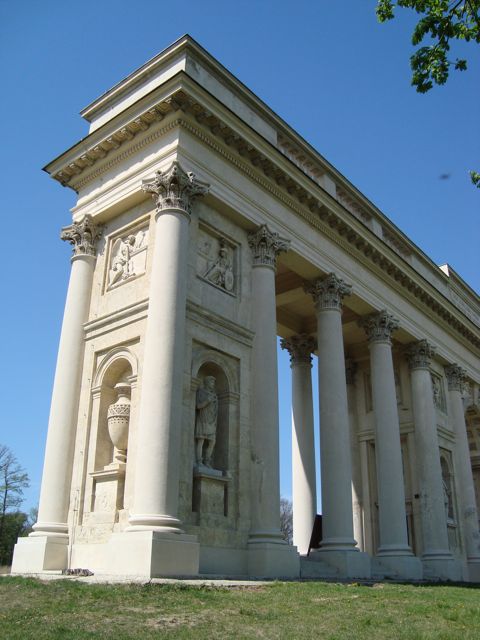
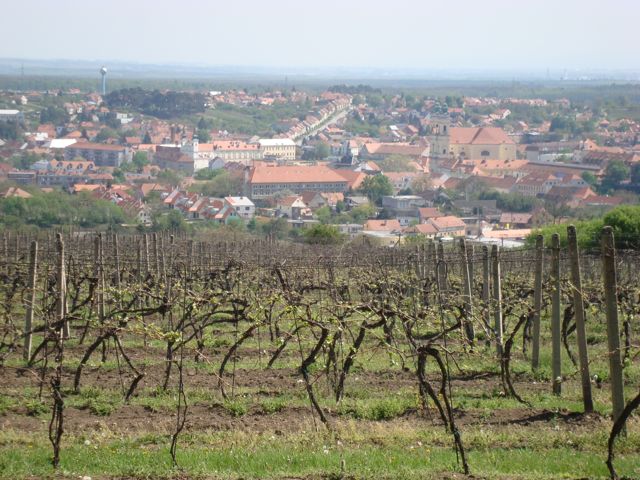
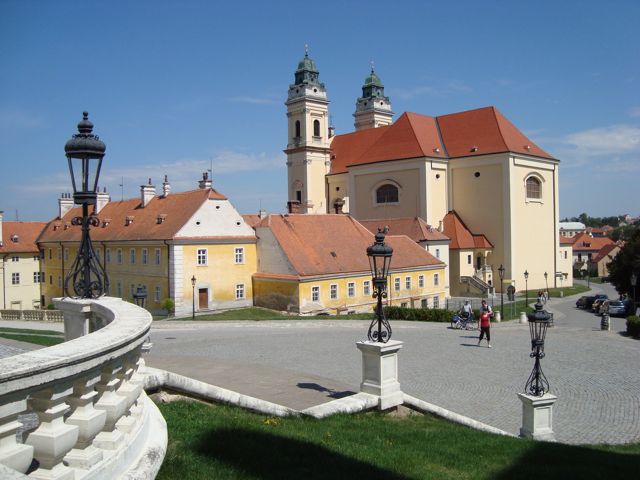
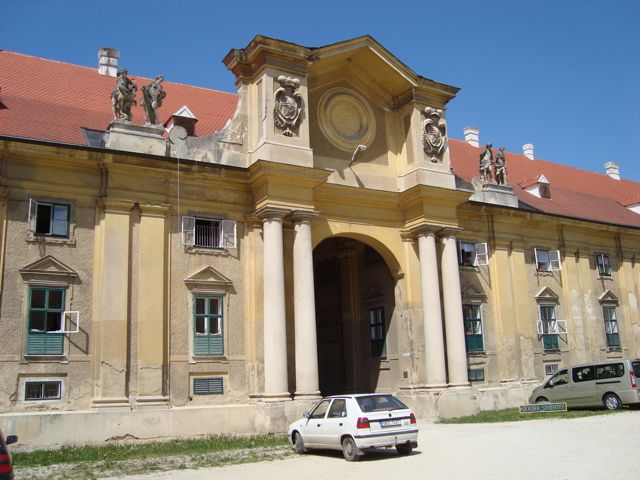
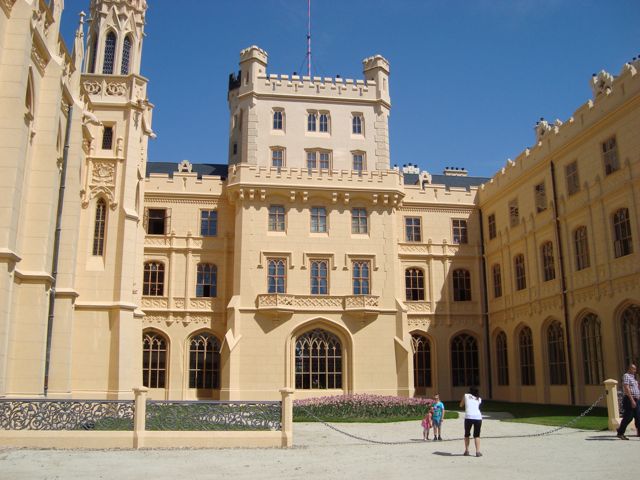
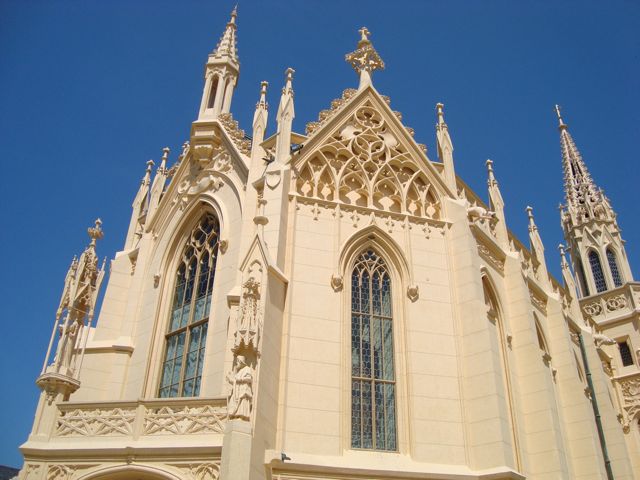
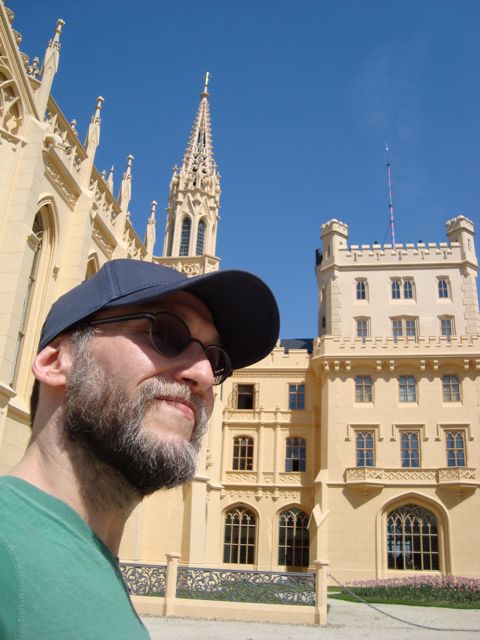
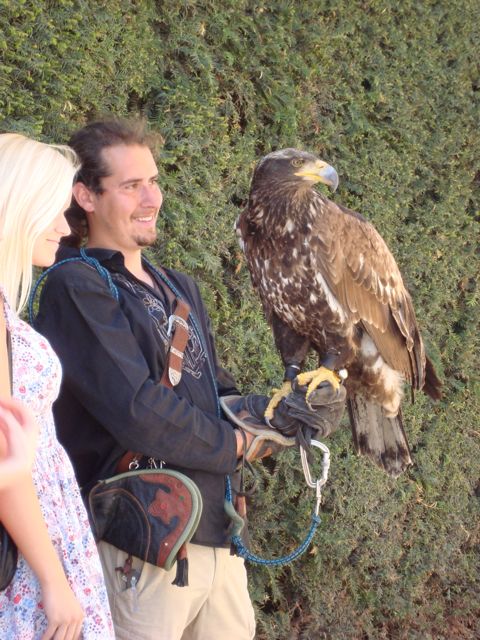
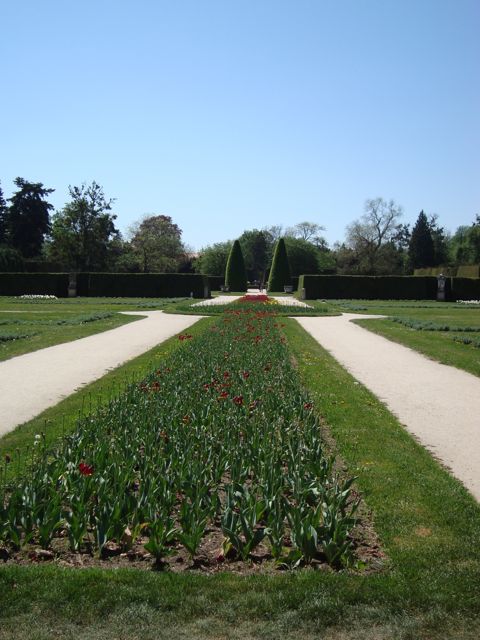
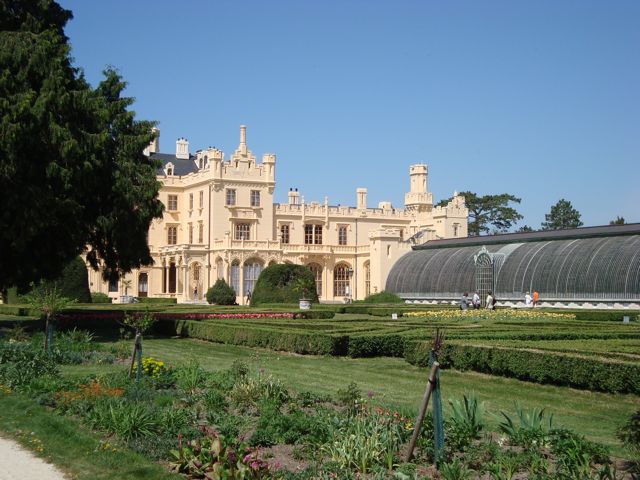
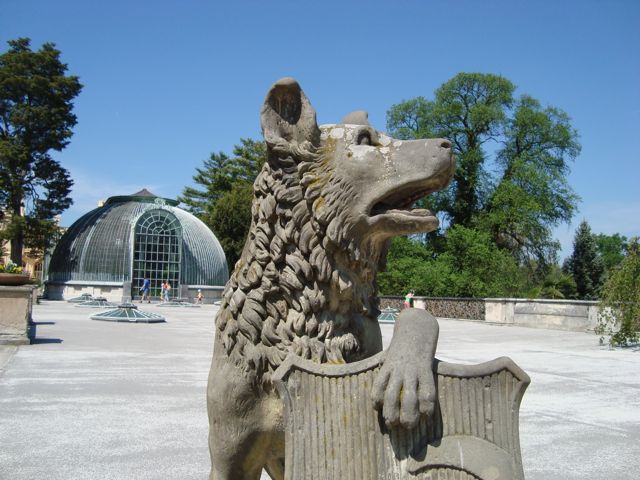
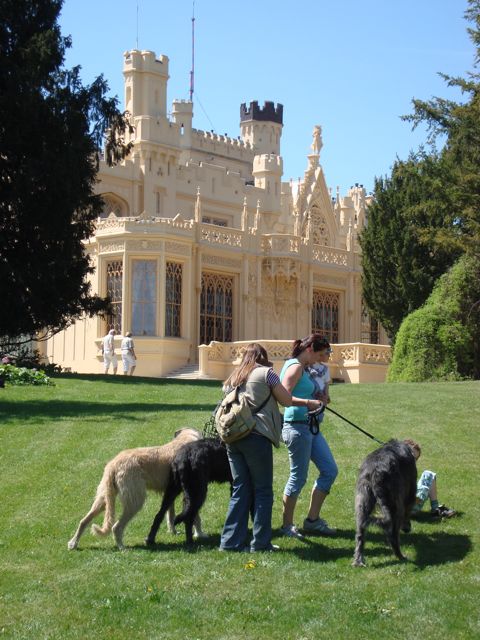
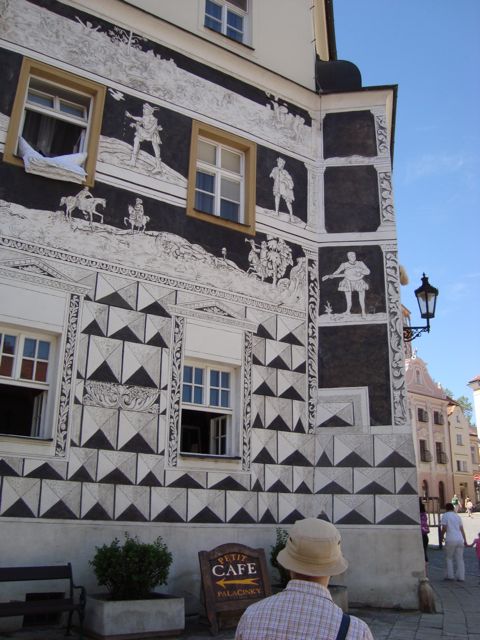
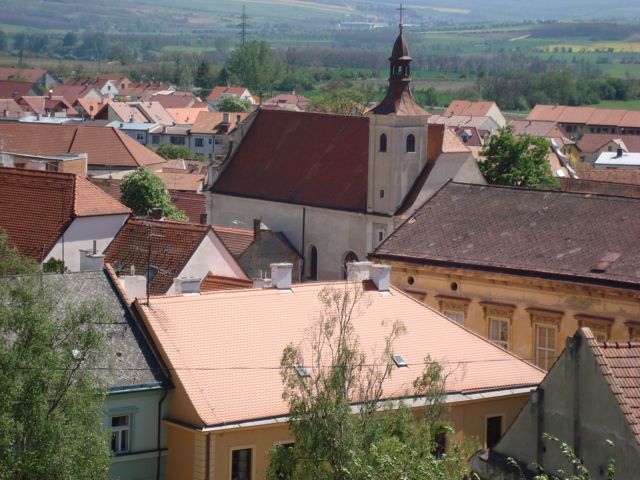
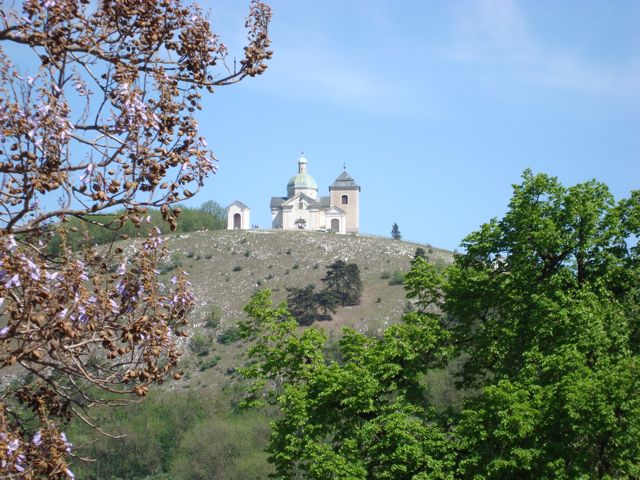
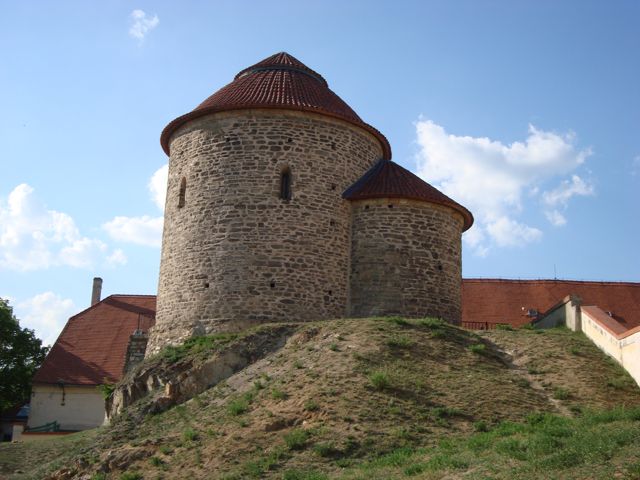
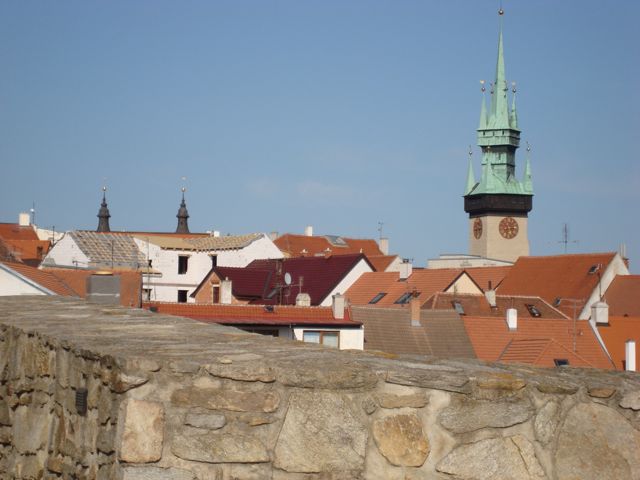
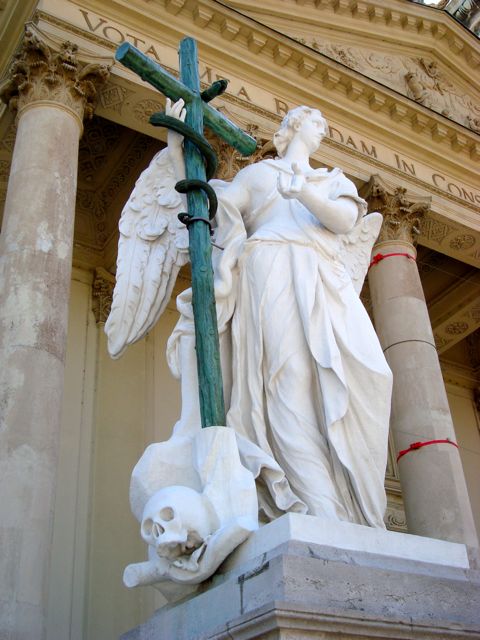
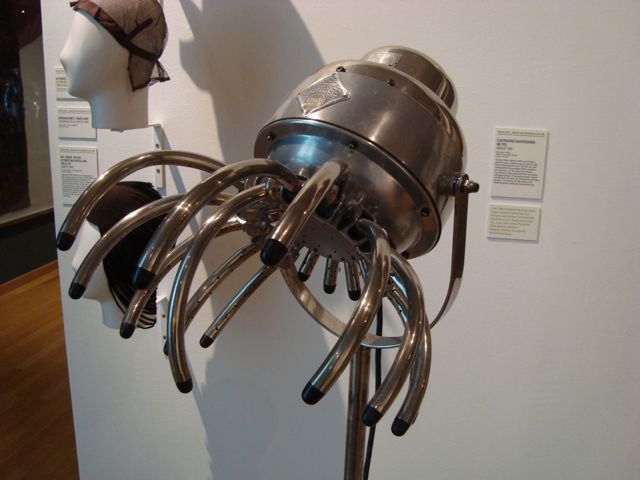
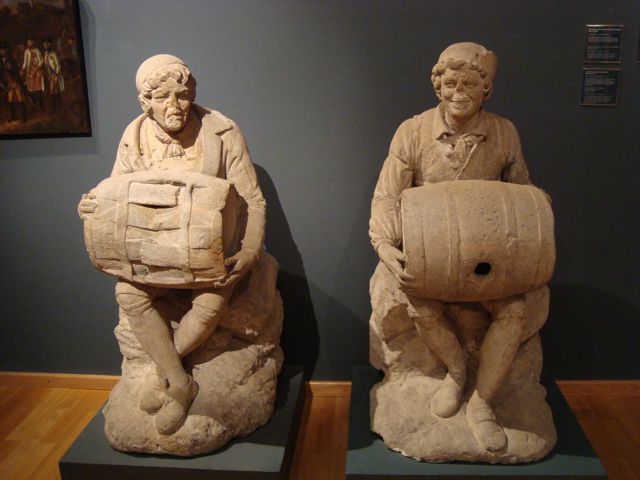
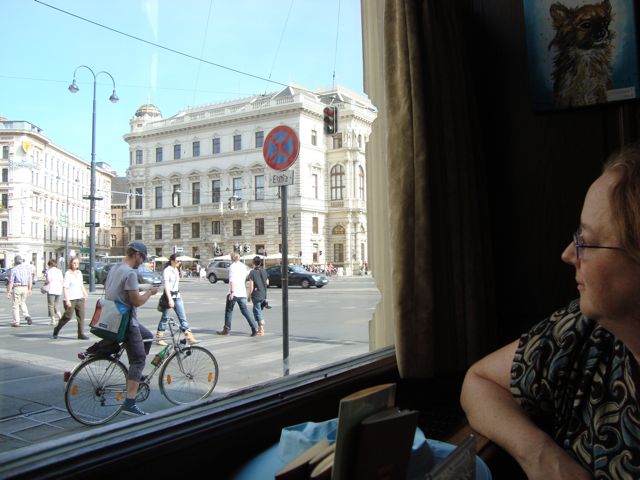
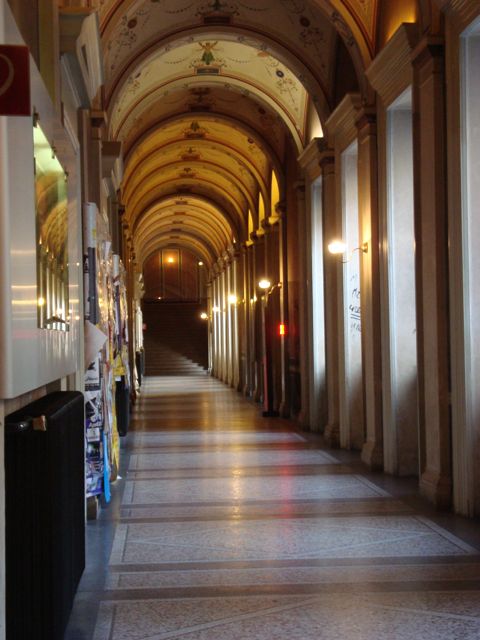
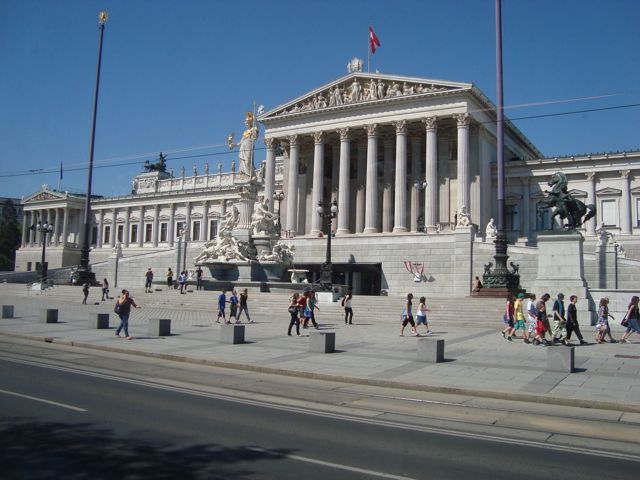
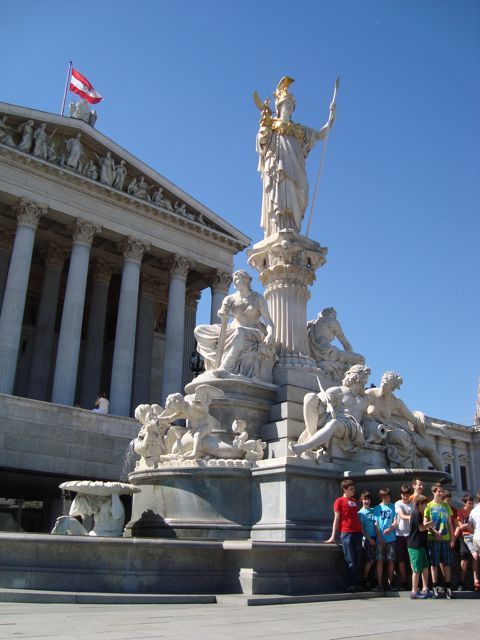
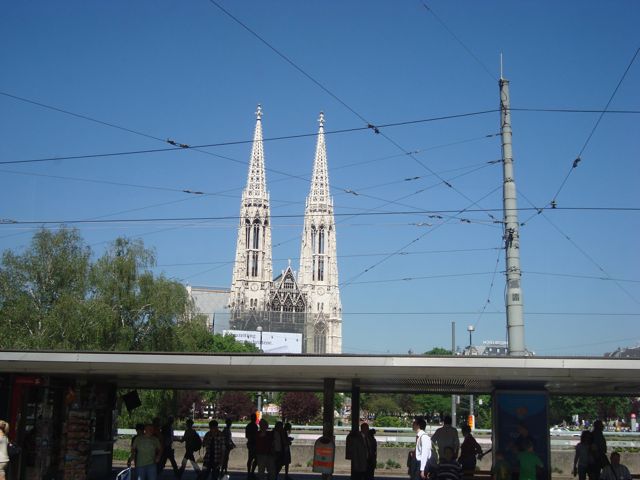
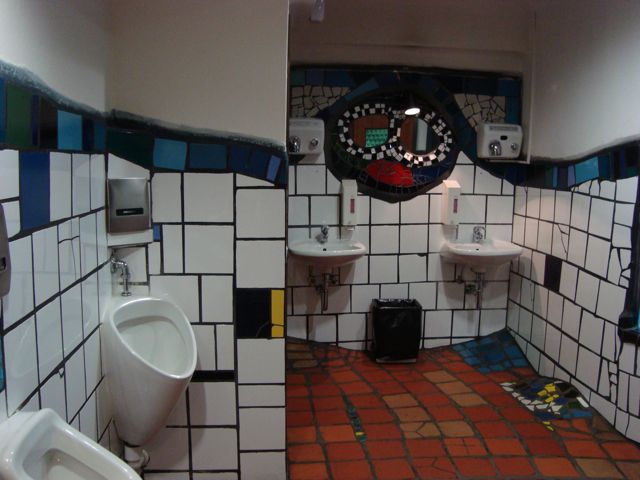
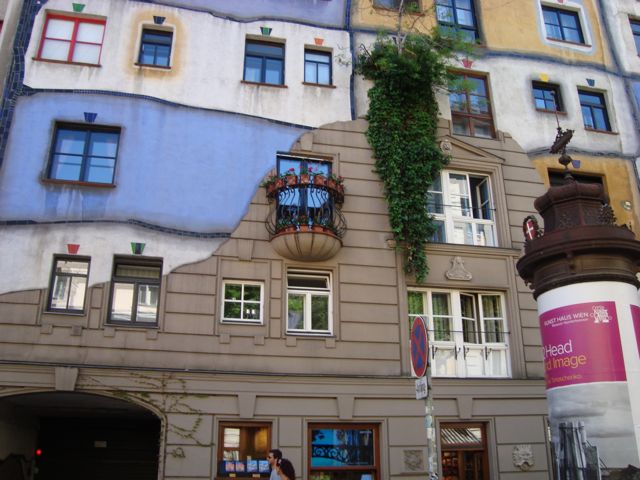
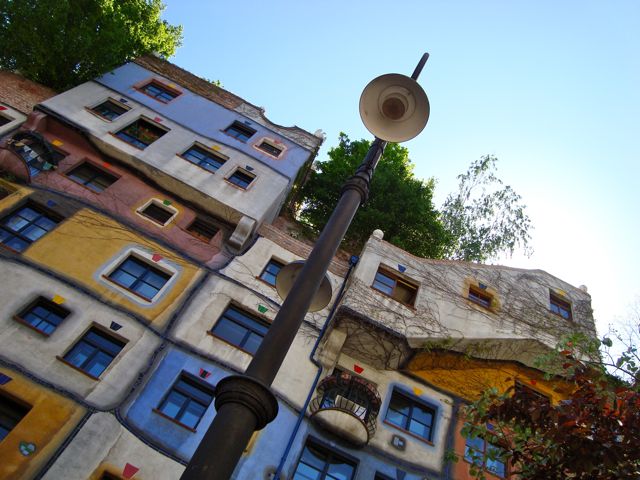
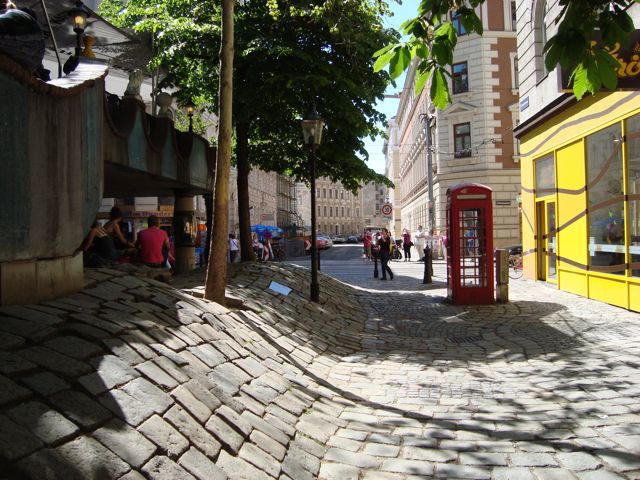
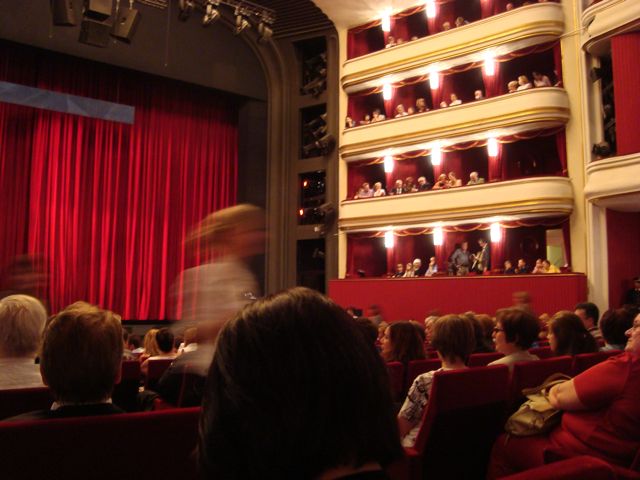
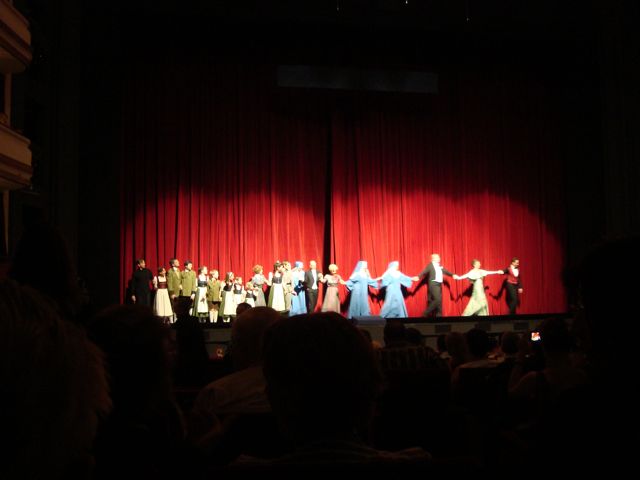
Recent Comments